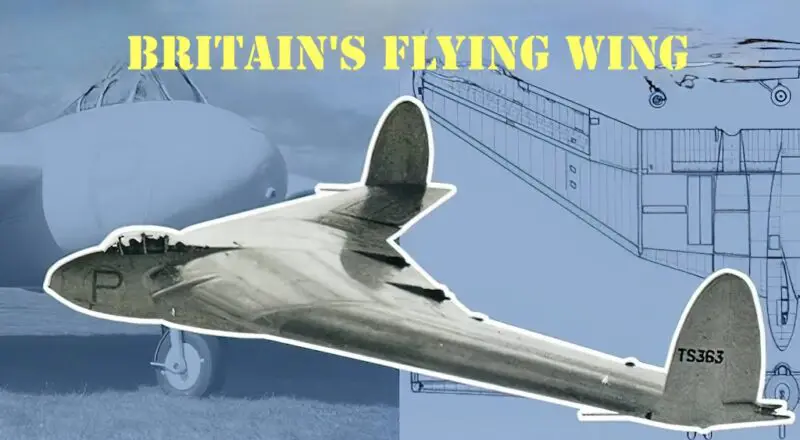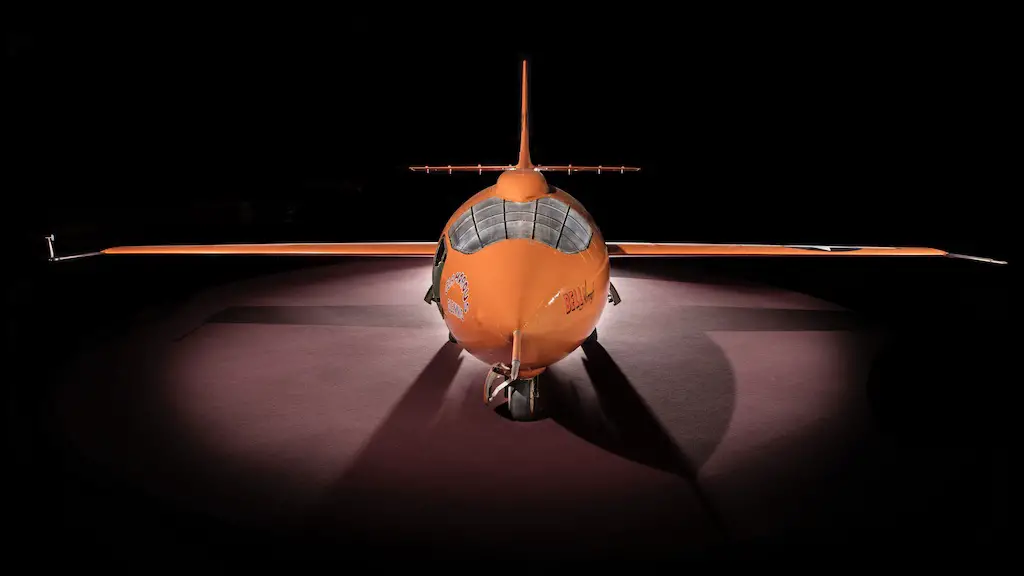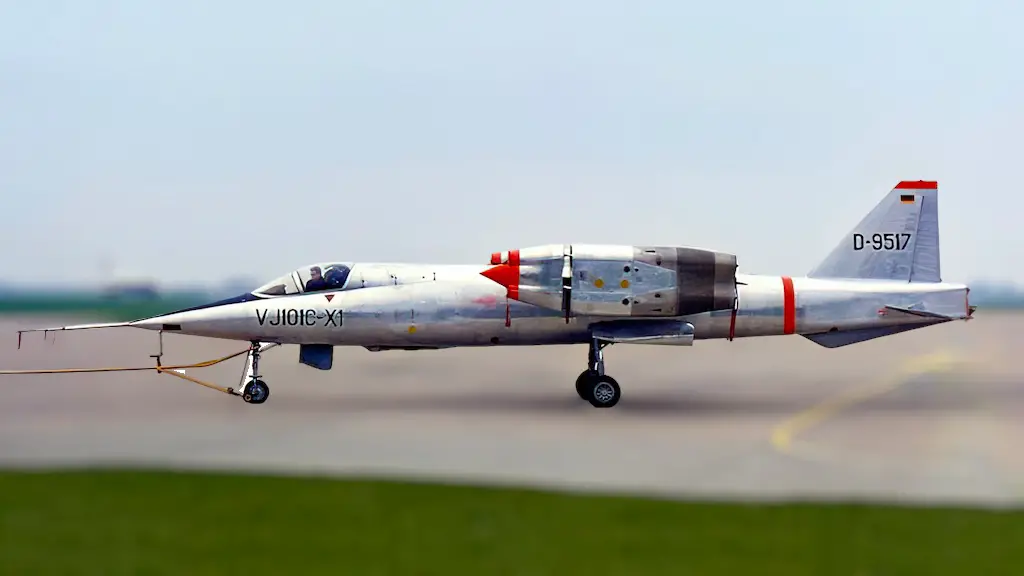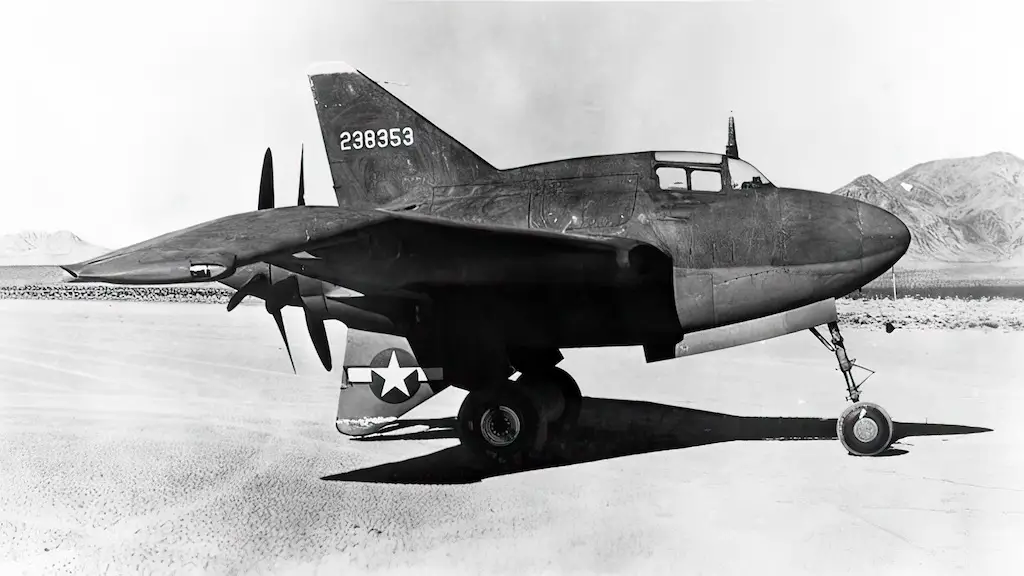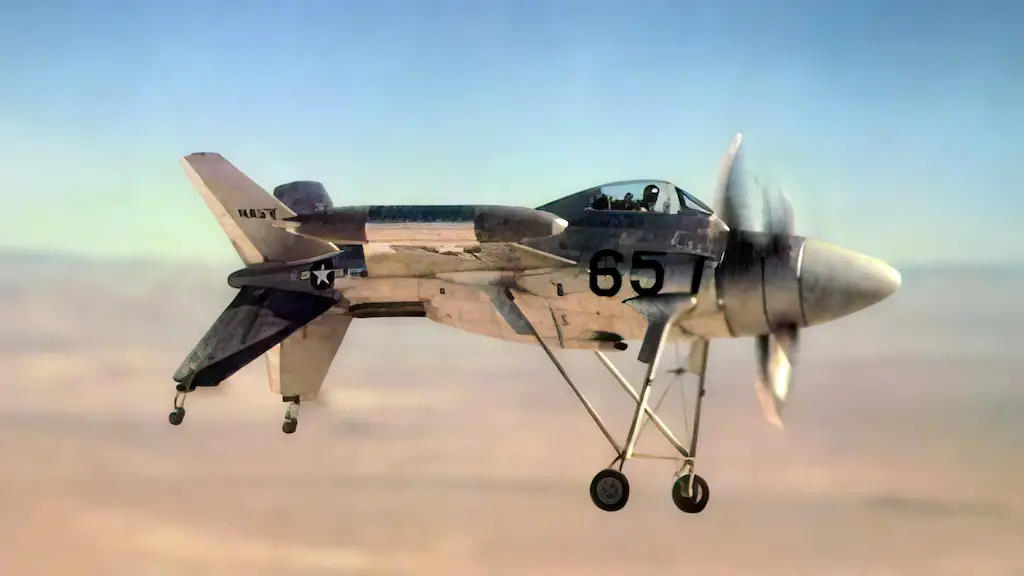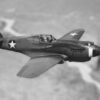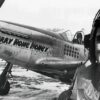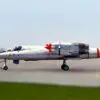Unearthing the Origins
Like the breathtaking rise of a phoenix from the ashes, the Boeing XPBB Sea Ranger sprouted from the furnace of the World War II era, a testament to American ingenuity. Its conception can be traced back to 1941 when the United States Navy, bracing itself for conflict, demanded a long-range seaplane for reconnaissance and anti-submarine warfare. Boeing, a vanguard in aviation innovation, received the contract and set about hatching the Sea Ranger.
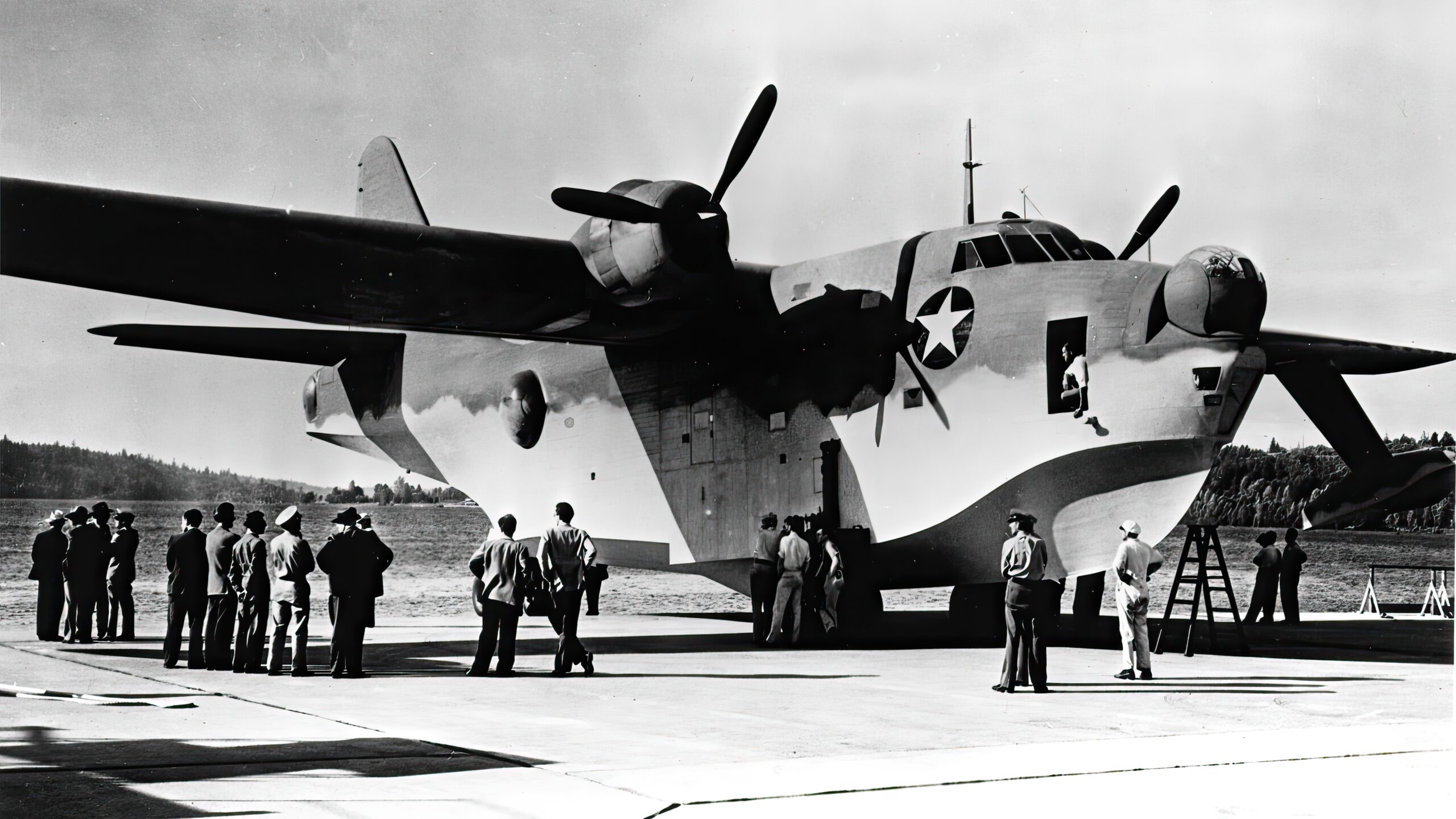
The Birth of the Beast
The Boeing XPBB Sea Ranger, unlike its peers, didn’t take the form of a conventional seaplane. It was a monohull, sporting a unique design that gave it the silhouette of a bird ready to take flight. With an expansive wingspan of 140 feet, it was impossible to overlook the magnificence of this aircraft.
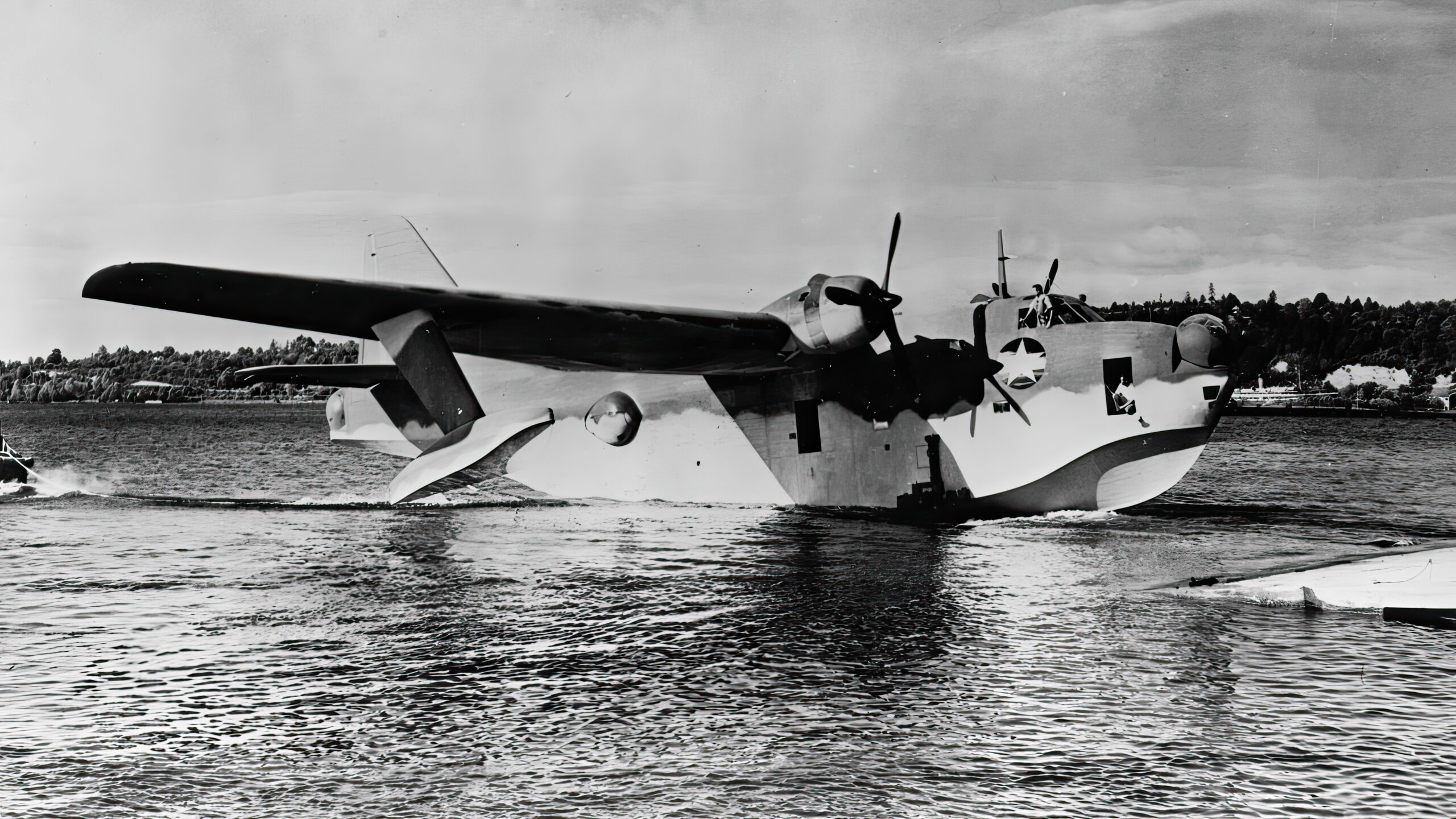
The Pratt & Whitney R-4360 Engines
The true marvel of the Sea Ranger lay in its engines. Nestled beneath its wide wings were two Wright R-3350-8 radial engines. Each engine was a powerhouse with power ranging from 2,200 to over 3,700 hp (1,640 to 2,760 kW). These radial engines were constructed with a complex configuration of 18 cylinders displacing nearly 3,350 cubic inches (54.9 L). It was these engines that allowed the XPBB to conquer the skies with unparalleled grace.
Taking to the Skies
When the Sea Ranger took its maiden flight in July 1947, it felt like the dawn of a new era. With Boeing’s test pilot, Eddie Allen, at the helm, the behemoth roared into life. Its test flights yielded promising results. The Sea Ranger showed remarkable stability and control, even under challenging conditions. It managed to cruise at speeds of 164 mph and had a maximum speed of 199 mph. Its range was remarkable too, boasting an impressive 10,530-mile non-stop flight capability.
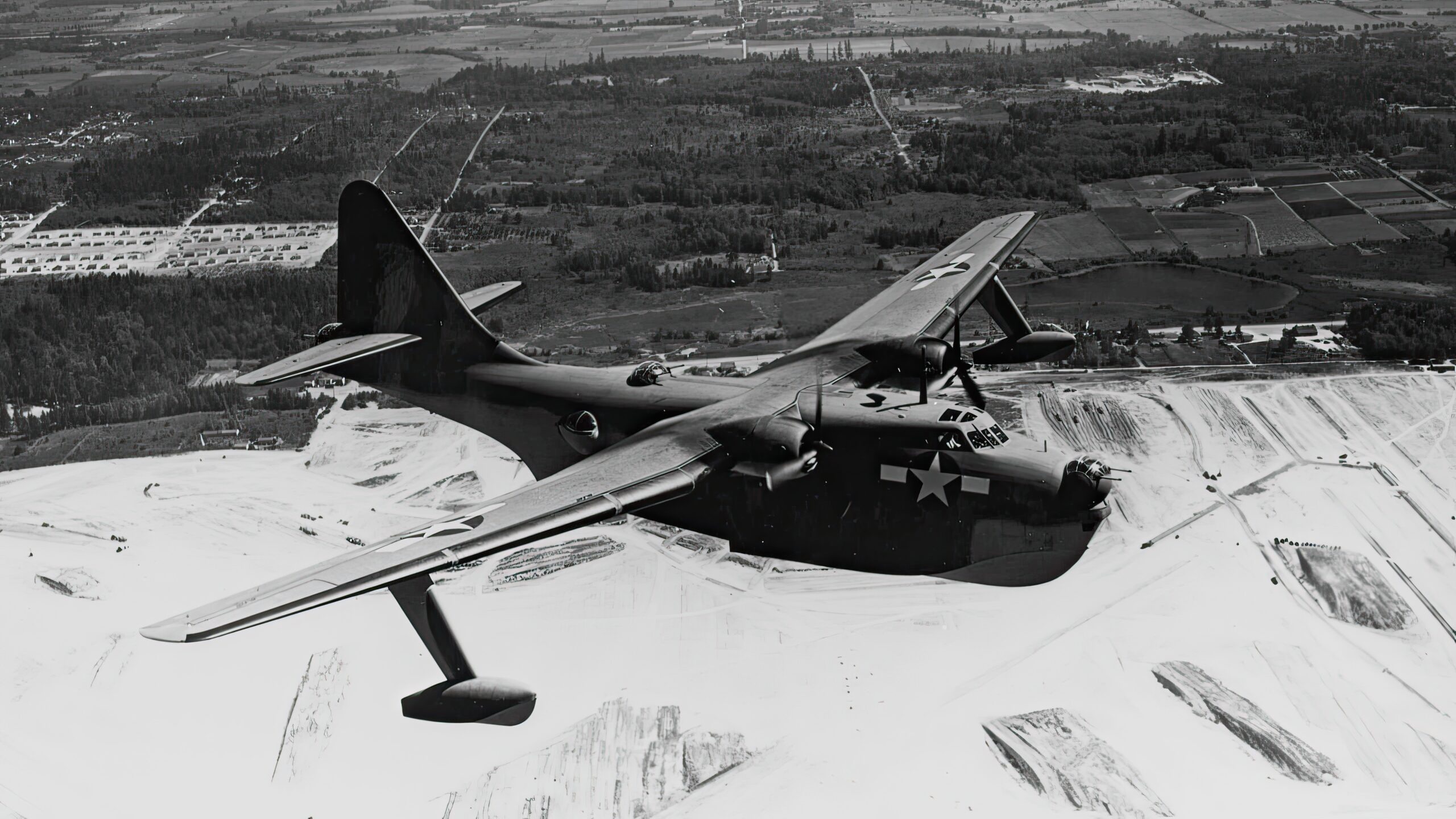
The Potential
The Sea Ranger was more than just a reconnaissance seaplane; it was a guardian of the seas. With an impressive endurance of over 30 hours of flight time, it offered the US Navy the ability to patrol vast oceanic territories. The aircraft’s generous size could house advanced radar and sonar equipment, providing a valuable edge for locating enemy submarines. The Sea Ranger was a wolf in sheep’s clothing, capable of carrying up to 10,000 pounds of bombs, depth charges, and torpedoes.
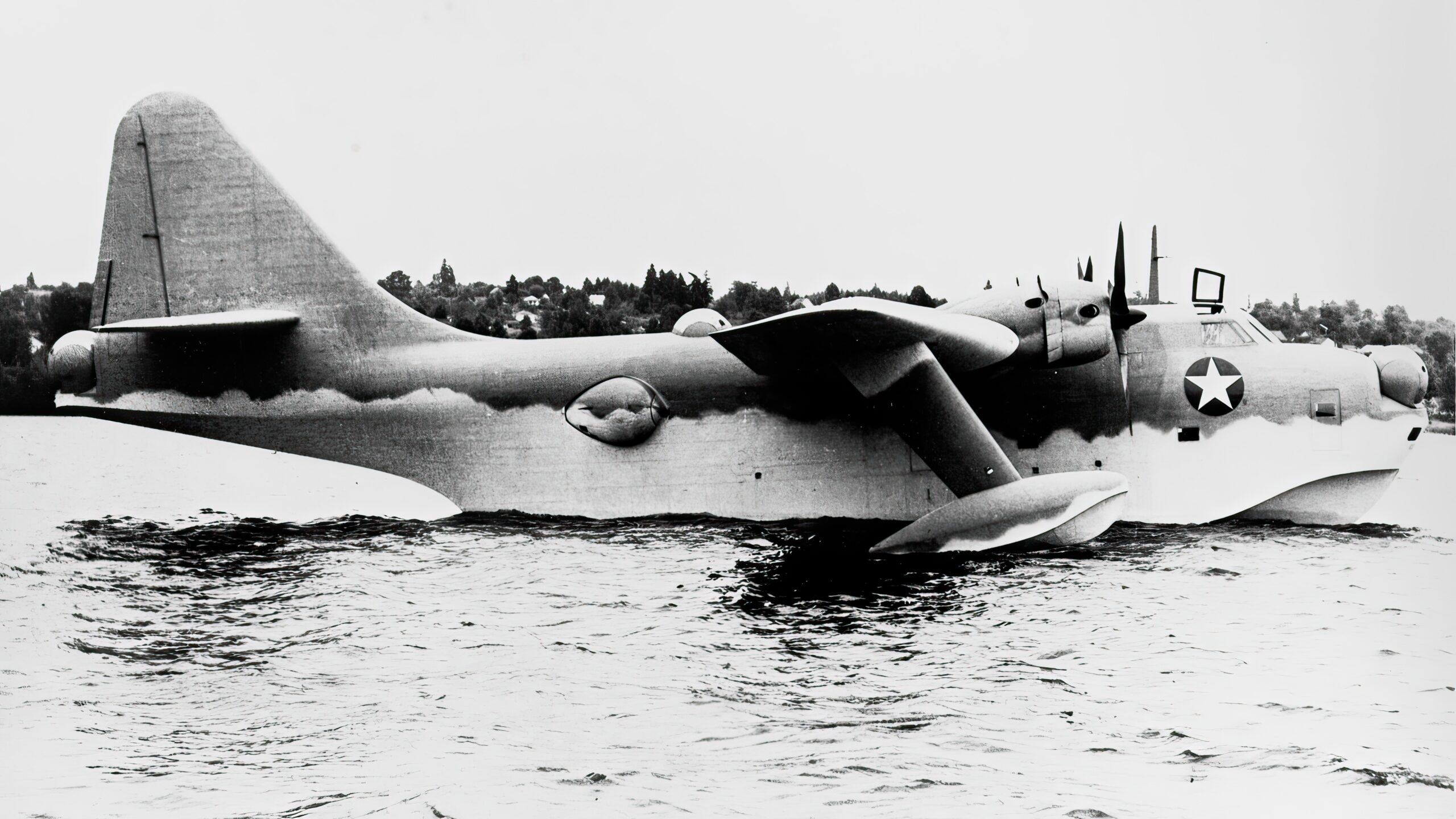
The Downfall
Despite its prowess, the XPBB Sea Ranger’s journey ended abruptly. It was a classic case of right plane, wrong time. The end of World War II saw a shift in priorities, with focus turning towards jet technology. The development cost of the Sea Ranger, which had soared to a whopping $5 million, was another blow. Moreover, a shift in naval strategy prioritized aircraft carriers over seaplanes.
The final nail in the coffin was the ambitious construction process. The Sea Ranger’s massive wing spar complicated its manufacture. With only one prototype completed, the project was canceled in favor of more practical and less costly alternatives.
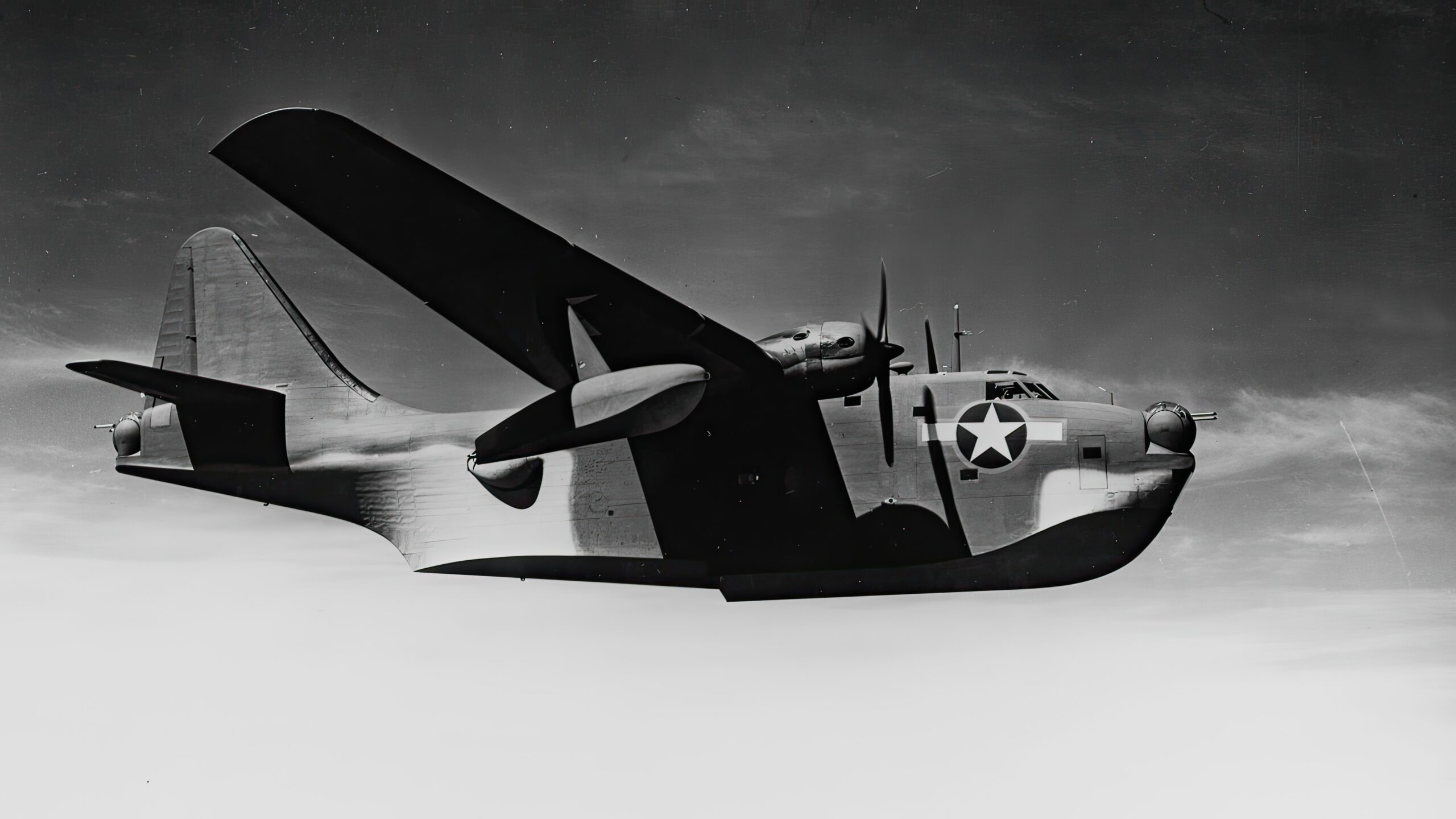
The Sea Ranger’s Unfulfilled Promise
The Boeing XPBB Sea Ranger was an aircraft that promised to change the dynamics of naval warfare. Its potent combination of power, range, and payload capacity could have made it a formidable asset for the US Navy. But amidst shifting military strategies and burgeoning costs, the Sea Ranger’s promise remained unfulfilled. The Sea Ranger is a stark reminder that even the most innovative creations must align with the currents of time and circumstance to succeed.


